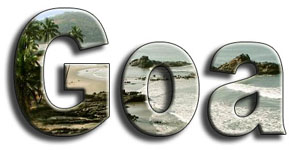 |
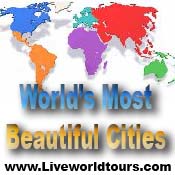 |
 |
 |
 |
 |
24 January Goa is in the midst of a peak tourist season. The small state in western India, a former hippie paradise in late 60s and 70s, welcomed some 3.5 million foreign tourists last season. Beginning of the new season and a host of challenges and ills await. THE FIRST charter flight flew into Goa in the first week of October effectively kick starting the tourist season. The small state in western India, a former hippie paradise in the late 60s and 70s, welcomed some 3.5 million foreign tourists last season. With the advent of the new season a host of challenges and ills await - one of them illegal drugs. Goa is not just an epicentre, where drugs are sold at rave and trance parties. In recent years, it has become a transit point for drugs shipped out to various European countries and a production centre for synthetic party drugs. In keeping with the trend among drug smugglers worldwide of coming up with innovated ideas to escape the law, drug lords based in Goa are using minors (both boys and girls) as ‘mules’ and carbonised suitcases to ship their drugs to Europe. The arrest of a Nigerian national trying to smuggle drugs out of the country brings into focus the newer and novel ways of drug smuggling resorted to in recent times. The heroin - 2.5 kilograms - was concealed in a false bottom of the Nigerian’s bag. Carbonised compartments fitted in suitcases and bags hamper the detection of drugs, informed one customs official in Mumbai. If that was not enough, young boys and girls are forced by compulsion to act as mules by drug dealers in Goa to courier consignments. Kids hooked on drugs are forced to carry the consignments to foreign destinations. |
Why minors are used?
The use of minors is meant to circumvent the Indian criminal system. According to the Indian Juvenile Justice Act, if a juvenile commits a bailable or non-bailable offence, the child shall be released on bail with or without surety. Further detention can only be in an observation home and not in a prison or police station.
Under the tough narcotic laws - NDPS (Narcotics Drugs and Psychotropic Substances) Act - the court takes the view that possession of drugs of less than ten grams is for individual consumption and worthy of a minimum sentence of six months. Anything above ten grams rates a ten-year sentence and a fine of 100,000 rupees.
Any subsequent offence means an offender is handed a much higher penalty in both sentence and fine.
Rave and trance parties
Goa is the epicentre of the tourism trade and a hot bed of drug consumption during the tourist season. Police intelligence reports indicate that Goan drug clients comprise both local Indian tourists and foreigners.
 |
| The main centres of drug
consumption are rave and trance parties predominantly organised in the
north Goa beach belt, which comprises Anjuna, Vagator, Baga, Calangute,
Morjim and Ashvem beaches.
Top level police officials from Delhi tracking the trance and rave parties, which are attended by 90 per cent of the foreigners in Goa, said that last season, after a police crackdown, the party scene shifted from Goa to Thailand. Police intelligence reports indicate that the Goan drug peddlers sell ten per cent of the synthetic drug in the open market and 40 per cent at rave parties. The other 50 per cent is sent to the cosmopolitan cities in the country. |
Goa is not just the transit point for drugs out of the country. In the last couple of years, as an increasing number of foreigners bought properties in the coastal belt, a corresponding increase in drug production has been taking place.
The CK1 pill is one of the trendy party drugs manufactured locally. The pill is a combination of cocaine and the anesthetic ketamine.
CK1, also known by its street names Blizzard and Calvin Klein, is easily available in the north Goa beach belt. Customs officials admit that the clandestine production and smuggling of ketamine is turning Goa into a transit point for an international drug mafia.
The ketamine smuggling mafia involves Italian, German, English and Scottish drug dealers who operate from Europe, using either charter tourists as carriers or the courier parcel system as means of transportation.
Another transit point: Kullu Valley
Drugs, easily available in the northern hill station of Dharamshala, find their way through a cartel of drug dealers to Europe.
A flourishing drug trade thrives in the Kullu Valley in north India. Backpacking tourists - mostly Israelis fresh from their military duties and known for their cheap and plentiful supply of hashish, frequent the valley. Reports indicate that a powerful Israeli mafia allegedly controls much of the drug trade in the valley.
Besides the Italian girl arrested last year, a German and an Israeli boy have become victims of volunteering to carry drugs to foreign destinations. They are awaiting an end to their cases pending before the Indian court.
|
|
|
|
|
 |
 |
 |
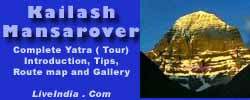 |
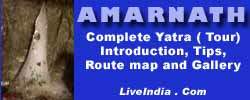 |
 |
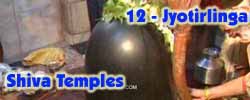 |

Virtual Tour of Rajasthan, with Gallery |
 |
 |
 |
 |
 |